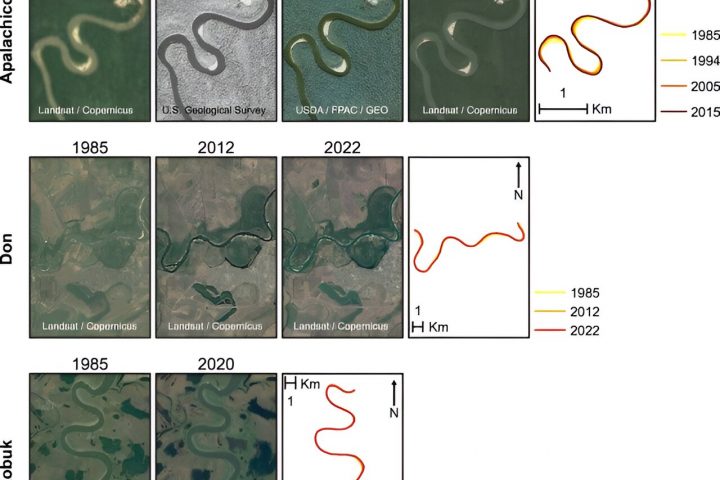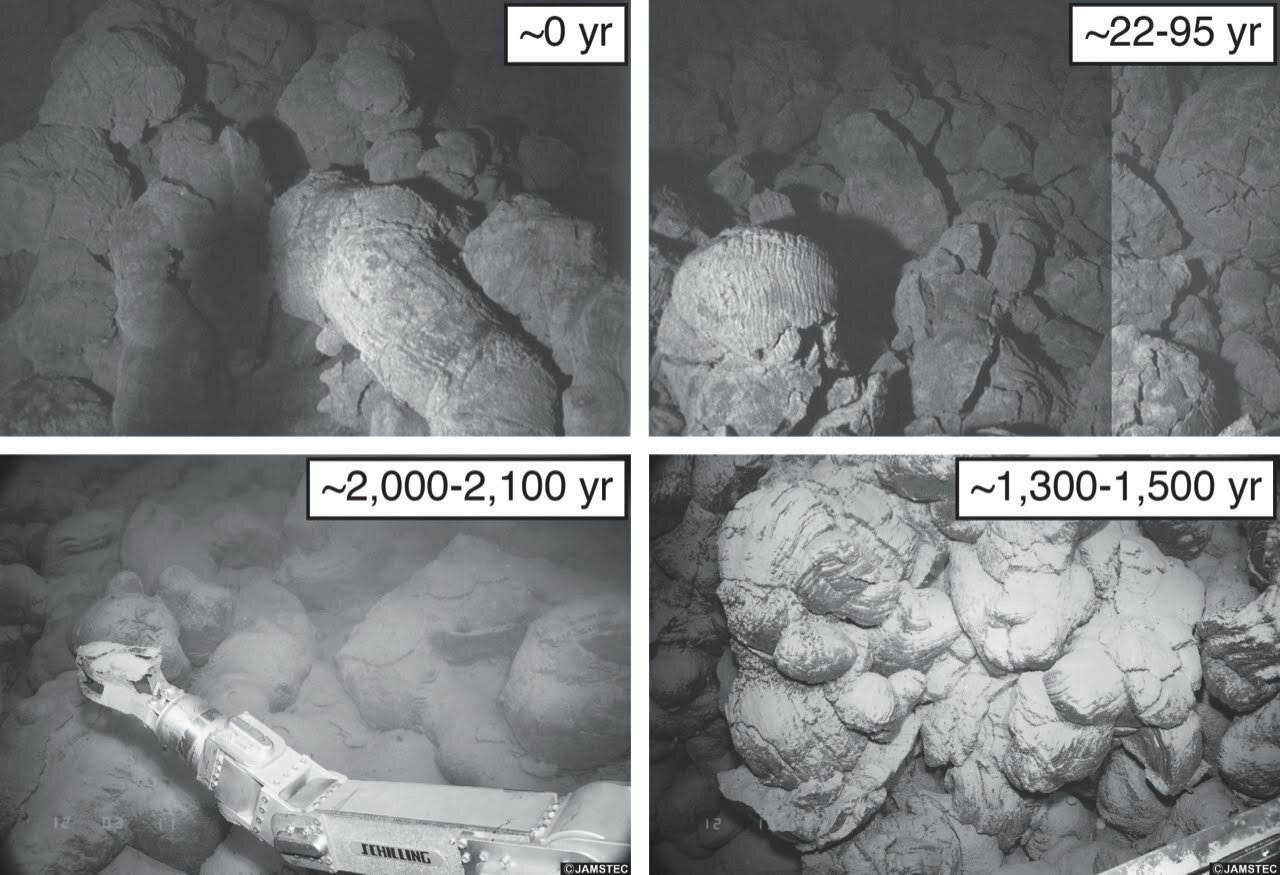A groundbreaking discovery based on tree rings reveals an unprecedented warming trend that has lasted for 1,200 years. Researchers from the Swiss Federal Institute for Forest, Snow and Landscape Research WSL have published their findings in the prestigious scientific journal Nature.
The Middle Ages and the centuries that followed were not only socially turbulent, but also experienced extreme climate changes. There was a period known as the “Little Ice Age,” as well as the “Medieval climate anomaly,” which was characterized by unusually warm temperatures. This anomaly is clearly evident in the reconstructed temperatures derived from annual tree rings. Surprisingly, these reconstructed Medieval temperatures often surpass the temperatures we experience today.
This has long puzzled scientists, as there is no known explanation for this exceptional warmth during the Medieval period. Climate models have failed to simulate it, only predicting moderately warm temperatures for the Medieval climate anomaly.
Supporting Climate Models
“Previous reconstructions were based on the width or density of the annual tree rings,” explains Georg von Arx from the Swiss Federal Institute for Forest, Snow and Landscape Research WSL. “However, these factors can be influenced by other variables besides temperature.”
Together with a team of researchers, Georg von Arx has developed a new reconstruction method that extracts temperature information from trees with exceptional precision. Unlike previous methods, the new results align with climate models, indicating that the Medieval climate anomaly was cooler than previously believed, at least in Scandinavia where the studied wood originated. The researchers conclude that the current warming trend is unprecedented in the past 1,200 years, surpassing natural temperature fluctuations.
Unprecedented Measurement
For their study, the researchers utilized a new method optimized at WSL to directly measure the cell wall thickness of wood cells in annual tree rings. “Each individual cell records the climate conditions during its formation. By analyzing hundreds, sometimes thousands of cells per ring, we can obtain highly accurate climate information,” explains Jesper Björklund, the first author of the study and a researcher at WSL.
In total, the researchers measured the cell walls of 50 million cells from 188 living and dead Swedish and Finnish Scots pines (Pinus sylvestris). These tree rings cover a period of 1,170 years. Using these measurements, the researchers reconstructed summer temperatures in the region and compared them with both model simulations of the regional climate and previous reconstructions based on tree ring density.
Unprecedented Warming
The results were conclusive: the temperatures from the models and the new time series matched. “This means that we now have two independent accounts of the regional climate, both indicating lower temperatures during the Medieval period. This provides new evidence that the Medieval climate anomaly was not as warm as previously believed,” says Björklund. “Instead, both sources of data highlight the unprecedented nature of the current warming trend, especially in the past millennium, and emphasize the role of greenhouse gas emissions in Scandinavian temperature variability.”
In contrast, previous reconstructions based on tree ring density suggested higher temperatures during the Medieval climate anomaly and lower temperatures during the current warming trend. “This is significant because these reconstructions are used to evaluate the accuracy of climate models. If we use the previous reconstructions as a benchmark, it would downplay the human influence on current climate warming and reduce confidence in model projections,” adds von Arx.








